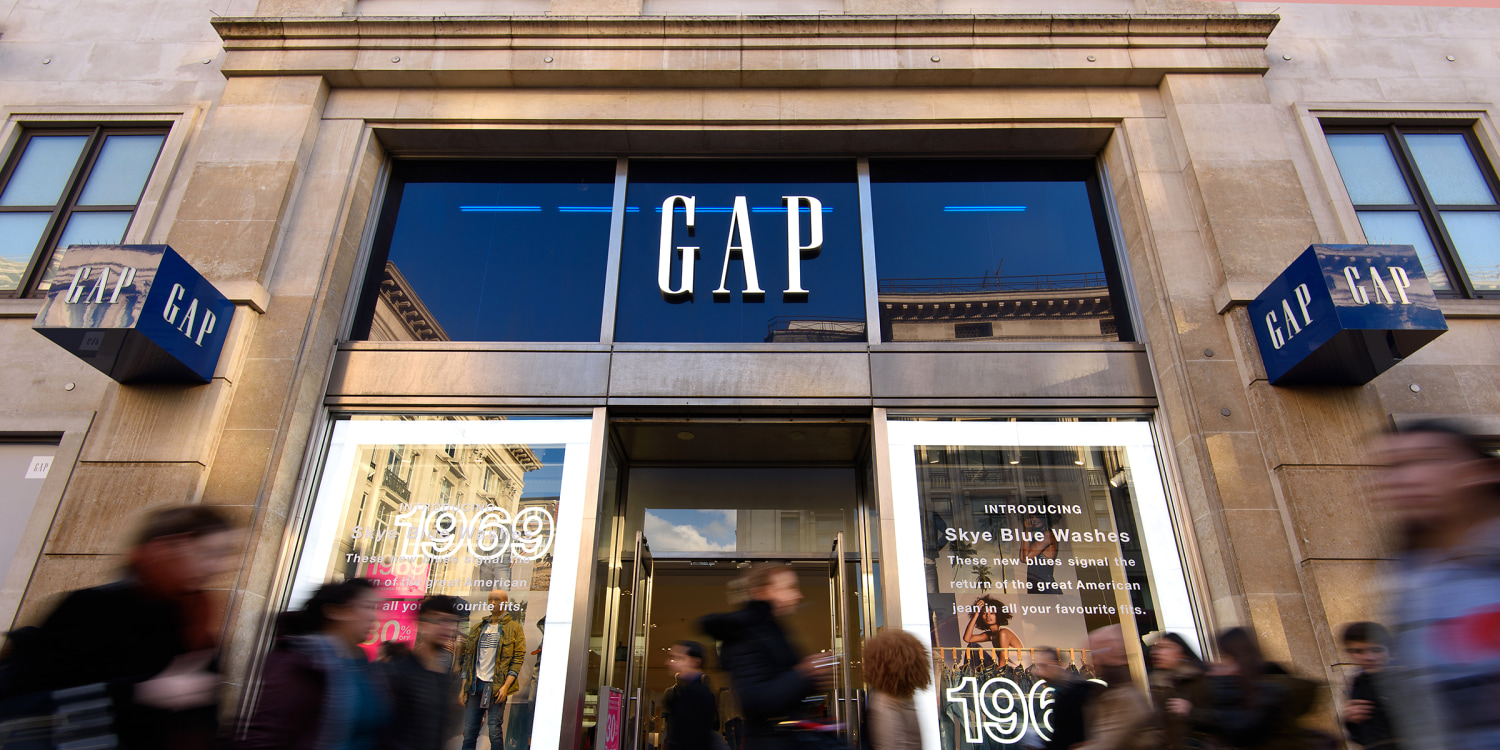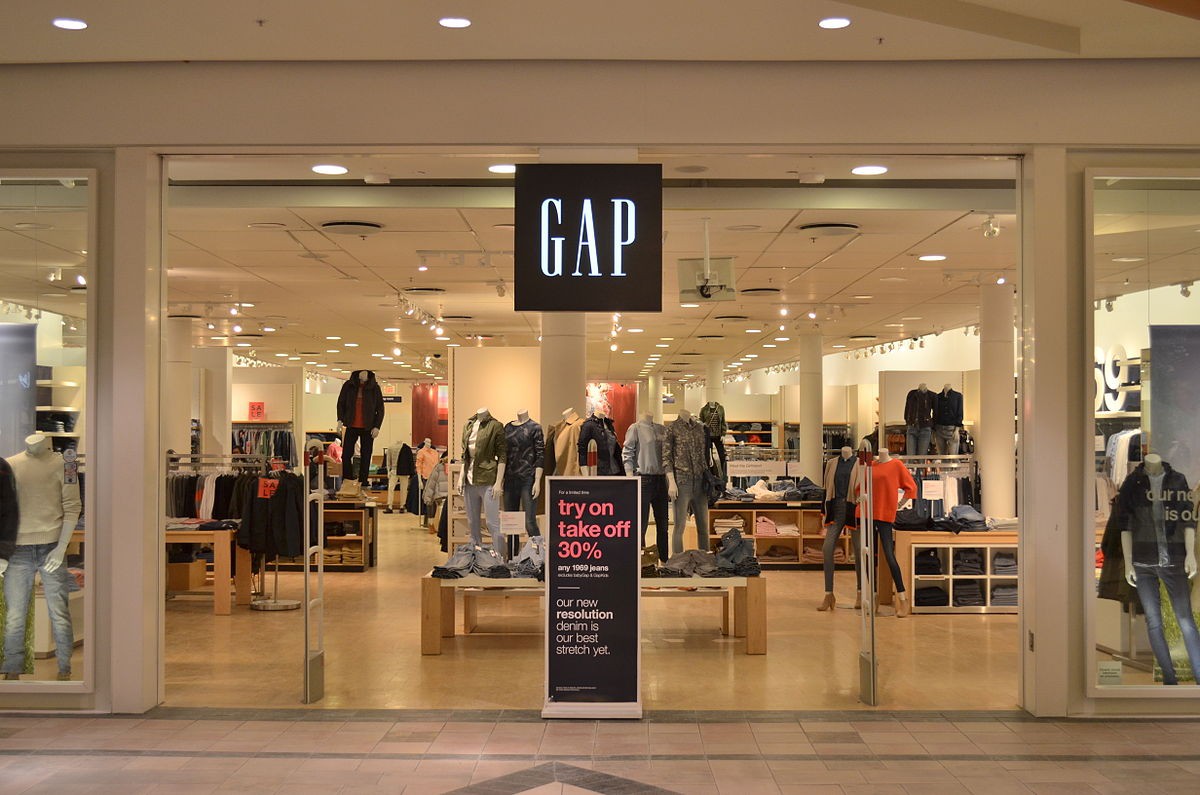
Gap Inc., founded in 1969 by Donald Fisher and Doris F. Fisher, has long been recognized as an iconic American clothing retailer. Over the decades, the brand has become synonymous with classic, casual apparel, especially renowned for its denim products. However, like many traditional retail giants, Gap has faced numerous challenges in recent years due to shifting consumer trends, increasing competition, and the impact of the digital revolution on the retail industry. In this comprehensive review, we will delve into Gap’s journey through these transitional times, exploring the brand’s strategies, successes, and areas for improvement.
The Glory Days: Gap’s Rise to Prominence
In its early years, Gap quickly established itself as a fashion-forward and affordable option for young adults seeking stylish yet accessible clothing. The brand’s initial focus on denim proved to be a winning formula, and its simple, clean aesthetic resonated with consumers, leading to significant growth and popularity.
A Shift in the Retail Landscape
As the fashion industry evolved, Gap found itself grappling with a new set of challenges. The rise of fast fashion and the increasing popularity of online shopping disrupted the traditional retail model, causing a decline in sales and foot traffic in brick-and-mortar stores. Gap struggled to keep up with nimble competitors, who rapidly churned out trendy designs at lower price points, drawing attention away from Gap’s classic offerings.
Embracing Digital Transformation
To address the changing retail landscape, Gap embarked on an ambitious digital transformation journey. The brand invested heavily in its e-commerce platform, enhancing user experience and mobile accessibility. By expanding its online presence, Gap aimed to capture a broader audience and increase its reach beyond physical store locations.
Diversification and Collaboration
Recognizing the need to diversify its product portfolio and attract new customer segments, Gap entered into strategic partnerships and collaborations. Collaborations with popular designers and influencers brought fresh perspectives and unique collections to the brand. Furthermore, Gap launched specialized lines to cater to niche markets, such as Gap Kids, GapMaternity, and GapFit, expanding its target audience.
Sustainability Initiatives
In the face of growing consumer demand for sustainable and ethical fashion, Gap has taken steps to improve its environmental and social impact. The brand implemented initiatives to reduce its carbon footprint, minimize waste, and source more sustainable materials. While these efforts have been commendable, critics argue that Gap could do more to address labor practices and worker conditions in its supply chain.
Challenges in Reinventing the Brand Image

While Gap has made significant strides in transforming its business model, some critics argue that the brand’s core identity and messaging remain unclear. As it attempts to balance classic styles with modern trends, Gap risks diluting its unique selling proposition. Additionally, the brand has faced criticism for occasional missteps in marketing campaigns that failed to resonate with consumers or lacked sensitivity to diverse audiences.
Navigating the Pandemic
The COVID-19 pandemic brought unparalleled challenges to the retail industry, and Gap was no exception. Temporary store closures and supply chain disruptions impacted the brand’s revenue and operations. However, Gap’s robust digital infrastructure allowed it to pivot quickly and cater to increased online demand during lockdowns, mitigating some of the losses.
The Road Ahead: Opportunities and Threats
Gap’s transition is far from over, and the brand faces both opportunities and threats as it charts its future path. On one hand, the increasing emphasis on sustainability and social responsibility presents an avenue for Gap to strengthen its brand reputation and attract conscious consumers. On the other hand, the brand must continue innovating to stay relevant amidst fierce competition and ever-evolving consumer preferences.
Conclusion
Gap’s journey from an iconic brand to one in transition is a testament to the challenges faced by traditional retailers in an era of rapid change. Despite encountering obstacles, Gap has demonstrated resilience and adaptability. By embracing digital transformation, diversifying its offerings, and addressing sustainability concerns, Gap has shown a commitment to securing its place in the competitive retail landscape. As the brand continues to evolve, maintaining a clear and distinctive brand identity will be crucial for Gap to retain its status as a beloved and enduring fashion icon.

